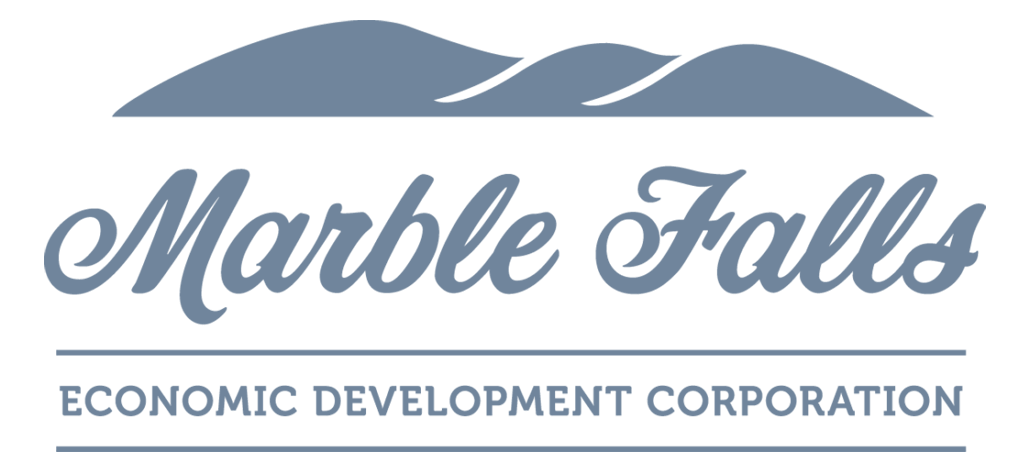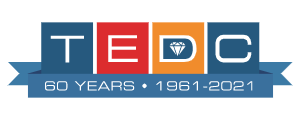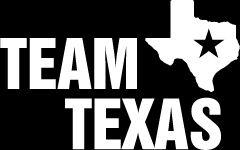COMMUNITY ENGAGEMENT: DONE RIGHT/DONE WRONG
Earlier this week, I had what should have been a great day for community engagement. I started the day with my weekly breakfast with incredibly thoughtful community leaders. I had in-person, impromptu conversations with four people I went to school with before lunch. Two were at the Blue Bonnet Café, one was on Main Street, and one was in line at the Subway near my office. We had brief conversations about our families, cool projects in the community, and things we can improve. In the afternoon, I had a business meeting with a longtime family friend and her associate about a remarkable initiative they’ve been growing for a couple of years and their need for more space. In the evening, I went to a meeting hosted by the Marble Falls ISD and presented some information about development activity in the area. In the discussion that ensued, we grappled with growing pains and how elementary school attendance zones in the district could be impacted.
During the course of the day, I interacted with a couple of people who have been openly critical of our organization’s efforts in the past, primarily along the lines of “if you can invest in that, why can’t you invest in this” issues. Sometimes, our debates have gotten lively—but we always treated each other with respect. What we have in common in our love for our community has outweighed any differences of opinion regarding what to preserve and what to change. This kind of dialogue is healthy, appropriate, and necessary: community engagement done right.
Unfortunately, the day was marred by a different kind of exchange on social media. After the Austin Business Journal picked up on a story about a manufacturer coming to Marble Falls and posted it on their Facebook page, there were a few groans and grumbles about preserving the Hill Country, protecting natural resources, and general concerns about government and the role of economic development. One post in particular, though, crossed a line for me. I was, by name, called “a parasite on Marble Falls.” I’m sure I’ve been called worse before, but I was curious about the poster because he or she claimed the death of Marble Falls because of this project, economic development, and/or my role in both.
When Facebook posts go negative and I choose to respond, I typically do so by sending a private message directly to the poster rather than airing our grievances for the world to see. Right or wrong, I would rather start such discussions on a more personal level. I did so in this instance, simply to point out that the parasite comment was pretty harsh and to ask if we knew each other. After waiting a few hours for a response, I decided to contact the poster in a different way. I viewed their Facebook profile, but there were no friends, workplace, or other details to show. A simple search revealed a business page under the same name with contact information, so I sent an email to the business address shown indicating that I would like to know more about their concerns. I received no response to my email; instead, the poster moved the conversation back to the ABJ thread on Facebook.
Over the next few hours, I was accused of political intimidation, stalking, and lying, and being creepy, sleazy, and unprofessional. When I posted screenshots of my attempts to communicate with the poster, I was accused of forgery through Photoshop. I didn’t respond after that, with my questions about why on earth anyone wants to go into public service being fully answered.
I share this story to add one more chapter to the well-known narrative about how unproductive it is to respond to social media trolls. Are they members of the community? Maybe, but it might not even be your community. Unless it is possible to establish any kind of common ground in the discussion, it’s best to let it go. Avoid this kind of community engagement done wrong.
Instead, focus on the things you can fix with the people who genuinely want to find solutions for the challenges that you face together.







